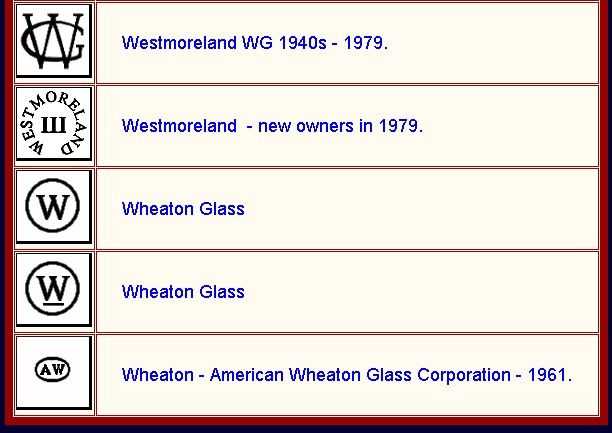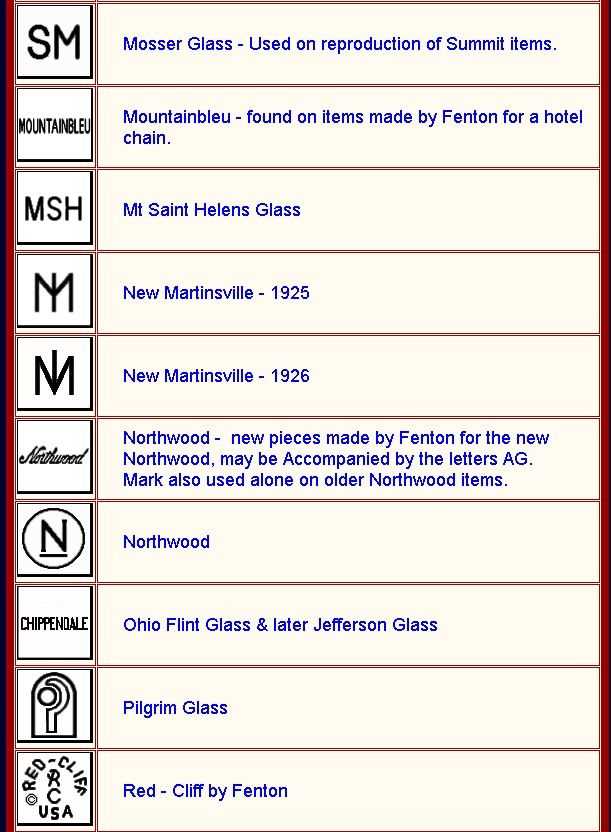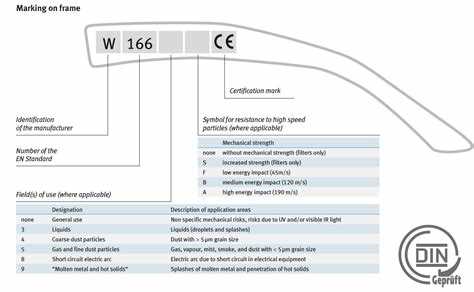Glass is a versatile material that is used in various industries and applications, from windows and doors to decorative objects and tableware. One of the ways to enhance the beauty of glass and add unique designs or patterns is through etching and engraving.
Glass etching involves creating designs or patterns on the surface of glass by removing layers of the glass material. This can be done using different techniques, such as acid-etching or sandblasting. The result is a smooth and frosted appearance that is both visually appealing and functional. Etched glass is commonly used in decorative glassware, windows, and doors to provide privacy or add a touch of elegance.
Glass engraving, on the other hand, involves cutting or carving designs onto the surface of the glass using specialized tools. This process is more intricate and time-consuming than etching, as it requires precision and skill. Engraved glass can create stunning 3D effects and intricate details, making it a popular choice for awards, trophies, and personalized gifts.
Both etching and engraving can be used to create beautiful and unique markings on glass. Whether you’re looking to add a personal touch to a gift or create custom-designed glassware for your home or business, these techniques offer a wide range of possibilities. So next time you admire a beautifully etched or engraved glass piece, you’ll know exactly what those intricate markings are called and how they were created.
What is Glass Etching?
Glass etching refers to the process of using abrasive or acid substances to create permanent markings on glass surfaces. It involves removing layers or portions of the glass to create designs, patterns, or text. Etching can be done on various types of glass, such as windows, mirrors, bottles, and glassware.
There are two main methods used for glass etching: etching cream and sandblasting.
1. Etching Cream:
Etching cream is a popular and accessible method for glass etching. It is a thick paste-like substance that contains chemicals such as hydrofluoric acid or sodium bifluoride. The cream is applied to the surface of the glass and left for a specific amount of time, allowing the acid to react with the glass and create the desired etchings. After the allotted time, the cream is washed off, and the glass is thoroughly cleaned to reveal the etched design.
2. Sandblasting:
Sandblasting is another technique used for glass etching. This method involves using high-pressure air or sand to blast abrasive particles onto the glass surface. The particles erode the glass, creating a frosted, textured, or engraved effect. Sandblasting is often used to etch larger areas or create more intricate designs on glass.
Glass etching offers various benefits and applications:
- Personalization: Etching allows individuals to personalize glass items with their names, monograms, or unique designs.
- Decoration: Glass etching can enhance the aesthetics of windows, doors, glassware, and other glass objects, adding a decorative touch.
- Privacy: Etched glass can be used in windows or doors to provide privacy while still allowing natural light to pass through.
- Branding: Businesses often use glass etching to create branded merchandise or signage with their logos or slogans.
It’s important to note that glass etching involves the use of potentially harmful chemicals and abrasive materials. Safety precautions, such as wearing protective eyewear and gloves, should always be taken when performing glass etching.
In conclusion, glass etching is a versatile technique that allows for the creation of permanent markings and designs on glass surfaces. Whether for personalization, decoration, privacy, or branding purposes, glass etching offers a unique and artistic way to enhance the appearance and functionality of glass objects.
Types of Glass Etching
Glass etching is a versatile technique that can be used to create various designs and patterns on glass surfaces. Here are some popular types of glass etching:
- Surface Etching: Surface etching is the most common type of glass etching. It involves removing the top layer of glass to create a frosted or matte finish. This technique is often used to create decorative designs or to add privacy to windows and doors.
- Deep Etching: Deep etching is a more intricate form of glass etching that involves removing a substantial amount of glass to create a three-dimensional effect. This technique is commonly used for creating custom designs, logos, or text on glass surfaces.
- Stencil Etching: Stencil etching involves using pre-cut stencils to create precise designs on glass surfaces. The stencil is applied to the glass, and then the exposed areas are etched using an abrasive substance or a chemical etchant. This technique is often used for creating monograms, patterns, or intricate artwork on glassware.
- Masking Etching: Masking etching involves applying a protective mask or resist to certain areas of the glass surface to prevent them from being etched. The rest of the glass is then etched using an abrasive substance or a chemical etchant. This technique allows for creating designs with contrasting finishes or adding intricate details to a larger etched design.
- Reverse Etching: Reverse etching is a technique where the design is etched on the backside of the glass, creating a unique visual effect. This technique is often used for creating signs, plaques, or decorative glass panels.
Glass etching offers endless possibilities for creating personalized and decorative glass objects. Whether you prefer a simple frosted finish or a detailed 3D design, glass etching can help you achieve the desired look on your glass surfaces.
How is Glass Etching Done?
Glass etching is the process of creating designs or patterns on the surface of glass by removing parts of the glass’s surface through abrasion or chemical methods. There are several techniques used to etch glass, including:
- Acid etching: This is one of the most common methods of glass etching. It involves applying an acid-resistant material, such as wax or a vinyl stencil, to the surface of the glass. The desired design is then etched into the glass by applying an acid solution, such as hydrofluoric acid, to the exposed areas. The acid reacts with the glass, creating a frosted or opaque effect. The acid-resistant material is then removed, revealing the etched design.
- Sandblasting: In this technique, a high-pressure stream of sand or other abrasive material is used to blast the surface of the glass. The abrasive particles remove the top layer of glass, creating a textured or frosted effect. Stencils or masking tape can be used to create designs or patterns on the glass before sandblasting.
- Laser etching: Laser etching is a more precise method of glass etching that uses a laser beam to create the design. The laser removes the top layer of glass, leaving a permanent etched pattern. This method is often used for intricate designs or logos.
Glass etching can be done on various types of glass, including windows, mirrors, glassware, and decorative glass objects. It is commonly used for creating personalized gifts, adding decorative elements to glass surfaces, or labeling glass items.
When performing glass etching, it is important to take safety precautions, as some etching techniques involve working with hazardous chemicals or abrasive materials. Protective goggles, gloves, and a well-ventilated area should be used to minimize the risk.
In conclusion, glass etching is a versatile technique that allows for the creation of unique designs and patterns on glass surfaces. Whether done through acid etching, sandblasting, or laser etching, the end result is a beautifully etched glass piece that adds a touch of elegance and personalization to any space.
History of Glass Etching
Glass etching is a technique that has been used for centuries to create intricate designs and decorations on glass surfaces. It involves creating permanent marks on glass by removing the surface of the glass through abrasion or chemical means.
The origins of glass etching date back to ancient civilizations such as Egypt, where the technique was used to create decorative patterns on glass vessels. In fact, some of the oldest known examples of glass etching can be traced back to the Egyptian empire.
During the Middle Ages, glass etching gained popularity in Europe, particularly in regions such as Venice and Bohemia. It was during this time that artists began experimenting with different techniques and tools to create more elaborate designs. This period also saw the emergence of glass etching as a form of art, with many skilled artisans specializing in the craft.
In the 19th century, glass etching underwent a resurgence in popularity due to advancements in technology and the increasing demand for decorative glassware. The invention of hydrofluoric acid, an extremely potent etching agent, revolutionized the field of glass etching, making it easier and faster to create intricate designs.
Throughout the 20th century, glass etching continued to evolve as new techniques and materials were developed. Sandblasting became a popular method for etching glass, allowing for greater precision and control over the design. Other techniques, such as acid etching and laser etching, also emerged, offering new possibilities for artists and designers.
Today, glass etching remains a versatile and popular technique used in a variety of applications, including the creation of custom glassware, signage, and architectural elements. It continues to be appreciated for its ability to add elegance and sophistication to glass surfaces.
What is Glass Engraving?
Glass engraving is the process of creating intricate designs, patterns, or text on the surface of glass objects. It involves removing layers of glass to create permanent markings, either by hand or using specialized equipment. Glass engraving can be done on various types of glass, including flat glass sheets, glassware, and even curved surfaces.
Engraved glass has been valued for centuries for its decorative and functional purposes. It is commonly used for creating personalized gifts, commemorative plaques, decorative glassware, and even architectural features.
The process of glass engraving involves several steps:
- Design: The first step is to create or choose a design to be engraved on the glass. This can be a simple pattern, a detailed image, or even custom text.
- Preparation: Before engraving, the glass surface needs to be cleaned and prepared. Any oils or dirt can interfere with the engraving process, so it is important to ensure the glass is free from contaminants.
- Engraving: There are different methods of engraving glass, but the most common techniques include sandblasting, diamond point engraving, and rotary engraving. Sandblasting involves using a high-pressure stream of abrasive material to etch the glass surface. Diamond point engraving uses a diamond-tipped tool to scratch the design onto the glass. Rotary engraving uses a spinning tool to remove layers of glass and create the desired design.
- Finishing: After the engraving is complete, the glass may undergo additional processes to enhance its appearance. This can include polishing the engraved surface or adding color through techniques like glass staining or painting.
Glass engraving requires precision and skill to achieve the desired outcome. It is often performed by professional glass artists or specialized engraving companies. However, with the right tools and practice, it is also possible for individuals to learn and engage in glass engraving as a hobby.
Overall, glass engraving is a versatile and beautiful technique that adds a touch of elegance to glass objects. Whether it is for decorative purposes or to create personalized gifts, engraved glass is a timeless art form that continues to be cherished and admired.
Techniques of Glass Engraving
Glass engraving is a decorative technique that involves etching or carving designs into the surface of glass. There are several techniques that are commonly used to achieve different effects and styles in glass engraving.
1. Hand Engraving
Hand engraving is one of the oldest techniques of glass engraving and involves using a hand-held tool called a diamond burr or a sharp pointed tool to carve designs onto the glass surface. This technique requires a high level of skill and precision, as the engraver needs to create intricate and detailed designs by hand.
2. Sandblasting
Sandblasting is a technique that uses a high-pressure stream of abrasive material, such as sand or fine grit, to etch designs onto the glass surface. The glass is first covered with a protective stencil or mask, and then the exposed areas are blasted with the abrasive material, which creates a frosted or textured effect on the glass.
3. Diamond Wheel Engraving
Diamond wheel engraving involves using a machine with a rotating diamond-tipped wheel to engrave designs onto glass. This technique allows for more precise and uniform designs, as the wheel can be controlled to create different depths and widths of lines. Diamond wheel engraving is often used for creating lettering and logos on glass.
4. Laser Engraving
Laser engraving is a modern technique that uses a high-powered laser beam to etch designs onto the glass surface. This technique offers a high level of precision and can create highly detailed designs with very fine lines. Laser engraving is often used for creating intricate patterns and images on glass.
Conclusion
These are just some of the techniques commonly used in glass engraving. Each technique offers different possibilities for creating unique and beautiful designs on glass. Whether done by hand or with the help of modern technology, glass engraving is a skilled art form that continues to captivate and inspire.
Applications of Glass Etching and Engraving
Glass etching and engraving techniques have a wide range of applications across various industries. Here are some of the common applications:
- Decorative Glass: Glass etching and engraving are commonly used for decorative purposes. These techniques can add intricate patterns, designs, or logos to glass surfaces, making them visually appealing.
- Glassware: Glass etching and engraving can be applied to glassware items such as wine glasses, champagne flutes, mugs, and plates. This adds a personal touch or custom designs, making them perfect for special occasions or as personalized gifts.
- Signage and Logo Branding: Etched or engraved glass can be used for signage and logo branding. This is often seen in corporate offices, hotels, and public buildings. The glass surfaces can feature the company logo, signage, or important information, giving a professional and polished look.
- Architectural Applications: Glass etching and engraving techniques are also used in architectural applications, such as glass partitions, doors, windows, and decorative glass panels. They can enhance privacy, add aesthetic value, or showcase artistic elements in architectural designs.
- Trophies and Awards: Glass etching and engraving are popular for creating trophies and awards. Custom designs or text can be etched or engraved onto glass surfaces, creating elegant and personalized recognition items for sports events, corporate achievements, or academic accomplishments.
- Art and Craft: Glass etching and engraving are widely used in art and craft projects. Artists and crafters can etch or engrave glass surfaces to create unique and intricate patterns, designs, or illustrations. This can be done on flat glass or even on three-dimensional glass objects such as glass sculptures or vases.
Glass etching and engraving techniques offer versatility and endless possibilities for creating beautiful and customized glass products in various industries. Whether for decorative, functional, or artistic purposes, these techniques can add value and uniqueness to glass surfaces.
FAQ:
What are the different types of glass markings?
Glass markings can include etching, engraving, sandblasting, and frosted glass. These techniques are used to create decorative patterns, designs, or labels on glass surfaces.
What is glass etching and how is it done?
Glass etching is a process of creating permanent marks or designs on a glass surface. It is typically done by applying etching cream or solution to the glass, which eats away the top layers of the glass, leaving a frosted or textured design. Stencils or patterns can be used to guide the etching process.
What is the difference between glass etching and glass engraving?
The main difference between glass etching and engraving is the technique used. Etching involves using chemicals or abrasive tools to remove layers of glass and create a design, while engraving uses a rotating tool, such as a diamond bit, to carve the design directly into the glass surface.
Can glass markings be done by hand?
Yes, glass markings can be done by hand. Engraving or etching tools can be used to create intricate designs or patterns on glass surfaces. However, this requires skill and precision, as any mistakes cannot be easily corrected.
What are some common uses of glass etching?
Glass etching is commonly used for creating personalized gifts, such as engraved wine glasses or etched mirrors with monograms. It is also used in the production of decorative glassware, signage, and even architectural glass features.


